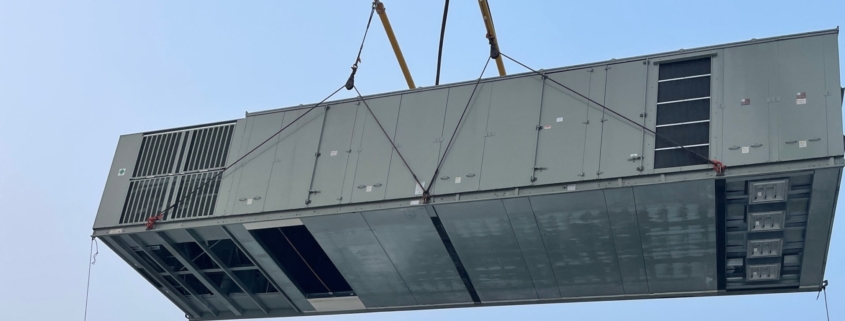The Builders Association understands the significant shift within the construction industry towards more efficient and innovative building methods. Among these methods, prefabrication, also known as off-site construction, has grown as best practice for contractors. Prefabrication entails the manufacturing of building components in a controlled environment, components which are later transported and assembled at the construction site. In this blog, The Builders Association will delve into the growing importance of prefabrication in construction and highlight the numerous benefits it brings to the industry.
Increased Efficiency and Speed:
Benefit number one is increased efficiency. Prefabrication means substantial time savings compared to traditional construction methods. Since components are manufactured simultaneously while site preparation occurs, project timelines can be managed and completed more efficiently. It also allows for parallel workstreams, where construction on-site and manufacturing off-site can progress simultaneously. By eliminating weather delays and optimizing the construction process, this practice accelerates project completion.
Improved Quality Control:
Prefabrication increases quality control by shifting construction activities to a controlled environment. The standardized production process ensures consistent quality across multiple units. Skilled workers in the factory can closely monitor and inspect each component before it is transported to the site. Additionally, the use of computer-aided design (CAD) and advanced manufacturing techniques helps minimize errors and ensures precision in measurements, resulting in higher overall construction quality.
Enhanced Safety:
Safety is always a concern in the construction industry. Prefabrication reduces on-site work and associated hazards. By moving construction activities to a controlled factory environment, workers are exposed to fewer risks such as falls, accidents, and adverse weather conditions. Factory-controlled processes also allow for stricter adherence to safety protocols and the implementation of advanced safety measures. Additionally, prefabrication minimizes disruptions in densely populated areas, reducing the potential for accidents and ensuring the safety of workers and the public.
Sustainable Construction:
Prefabrication aligns with sustainable construction practices, making it an environmentally friendly choice. Off-site manufacturing enables precise material planning and optimization, reducing waste. Construction waste can be minimized through recycling and reusing materials in the factory setting. Additionally, the transportation of prefabricated components to the site reduces the need for heavy machinery and minimizes carbon emissions associated with on-site construction. Furthermore, the controlled environment of a factory allows for efficient energy use and integration of sustainable technologies, such as renewable energy sources.
Cost Efficiency:
Prefabrication can also help to reduce cost throughout the construction process. Factory-controlled production can open the door to bulk purchasing, resulting in reduced material and labor costs. Labor costs are lower due to improved productivity and reduced on-site construction time. Additionally, the prefabrication construction process minimizes the potential for rework and costly delays. This also helps with accurate budgeting and cost estimation, as the manufacturing process allows for better control and forecasting of project expenses.
Design Flexibility and Innovation:
Prefabrication does not limit architectural creativity. In fact, it opens up new possibilities for design flexibility and innovation. With advanced manufacturing techniques, complex and intricate building components can be fabricated with precision. Modular construction also allows for easy customization, as components can be manufactured to meet specific project requirements. Furthermore, the ability to test and prototype in the factory environment encourages design experimentation and innovation.
Conclusion:
Prefabrication has emerged as a game-changer in the construction industry, offering improved efficiency, quality control, safety, sustainability, cost savings, and design flexibility to commercial building contractors and others. Its ability to significantly reduce construction timelines while maintaining high construction standards makes it an attractive option for projects of various scales and types. As the demand for faster, more sustainable, and cost-effective construction solutions grows, prefabrication will continue to play a pivotal role in shaping the future of the industry, enabling the construction of innovative, resilient, and environmentally friendly structures.
Check out The Builders Association blogs for other construction industry insights and resources



